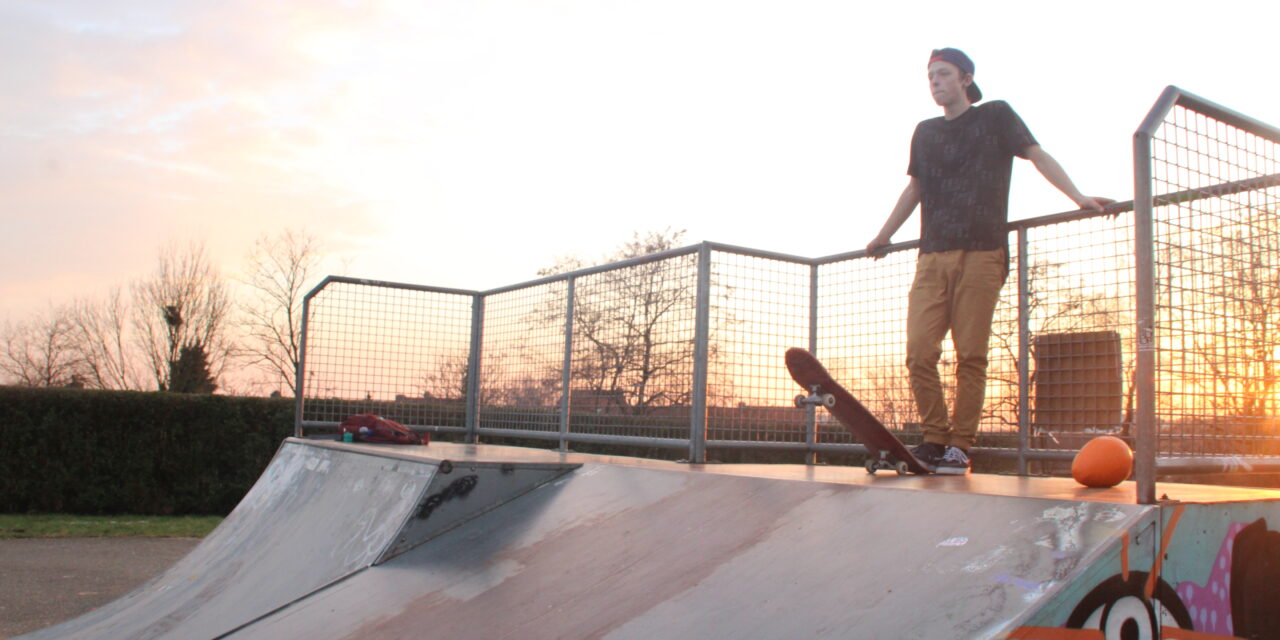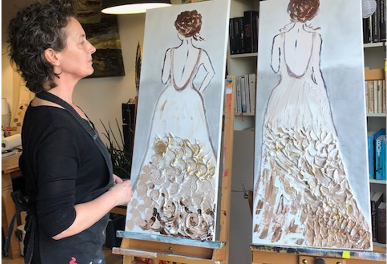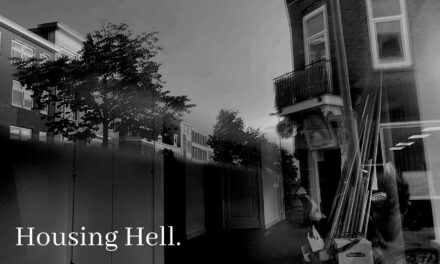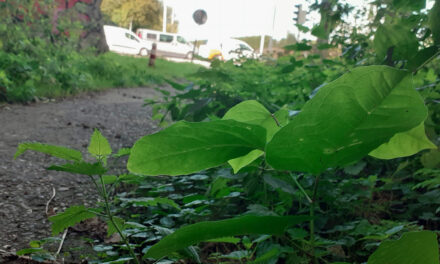Behind every skatepark, there is a story. That story usually starts the same way: a couple of skaters talking about how great it would be to level up their favorite skate spot or even make one of their very own. But why is it worth it to add a skatepark?
The people behind the project
Skater and skate park builder Bob Zevenbergen has built quite a few skateparks in his time. I met Zevenbergen at Skatepark Utrecht, one of his very own creations together with his brother and other collaborators.
Lately, he has been involved with the Concrete Jungle Foundation, a charity that aims to empower others by sharing the experience of skateboarding. Zevenbergen told me about the skate park he worked on in Angola and his trip to Curacao later this month. To hear more about his and his colleague Tom Critchley’s experience in Angola, check out our conversation here.
While skating together, I comment on Bob’s moves; jumping to a rail to grind it, and snagging the tip of a ramp to ride down again. He chuckles, “I mean, I built the park, I know a few tricks.”
Getting the project going
There are actually a few different ways to make a skatepark, according to Zevenbergen. Many parks get their start from a couple of skaters building a few things out of plywood or concrete, usually referred to as ‘DIY parks.’ Pre-fab skateparks are not made on the location of the skatepark, instead, the ramps and obstacles are made in a factory and then shipped to the location and installed afterward. Another way is to build the ramps and pour the concrete on location.
However, the task is easier said than done, as Utrecht “skater’s union” official and skater Koen Whitman explains. Apart from designing the ramps and obstacles of the course, funds need to be allocated before construction can start, not to mention there has to be support for the project, from both ends; not just the municipality or the skaters, but both.
“To get the council, the city to actually listen to the skaters [is where it begins]. What we did here in Utrecht is we made a skateboard union. Different skate parks, skate schools, skateboard shops, we all came together to improve skateboarding here in Utrecht. We became the voice, and the city had to involve us when it came to skateboarding. We just kind of said, hey if you’re gonna add something [skating-related] be sure to include us and we’ll make sure that the community will support it as well.” Whitman says that once someone becomes a trusted source, it’s pretty easy to go from there.
“And write something down once in a while!” Whitman exclaims. It’s important to remember projects like this don’t happen overnight, it takes a lot of people doing a lot of different tasks to accomplish a certain goal. While the process itself can sometimes take one to four years, a cement skatepark will provide fun for years to come.
The value of a skatepark
Jasper Meert, a youth union official for Dilbeek Skatepark in Belgium, explains a little bit about what he has seen on the job. “You see kids, 6-7 years old, coming to skate with their dads, and their dads skate as well and they are skating together and it’s just really nice to see. It has a really positive impact. Not only that, these younger skaters come here and [meet] other skaters, and they get introduced to the community here, which is really great for everyone and good for the kids to get inspired as well.”
What makes skateboarding different from other sports is that regardless if there is a sanctioned place for skaters to skate or not, they will find spots to skate and show off their developing talents. Skating is more similar to dancing as opposed to a team sport like soccer. There’s no coach, no teammates, no Most Valuable Player. People skate to develop their skills, to be creative, and to express themselves. A curb, a staircase, or a handrail will have a completely different purpose for a skater. However, just because skateboarding has no boundaries, that doesn’t mean providing a safe space for skating isn’t worth it.




